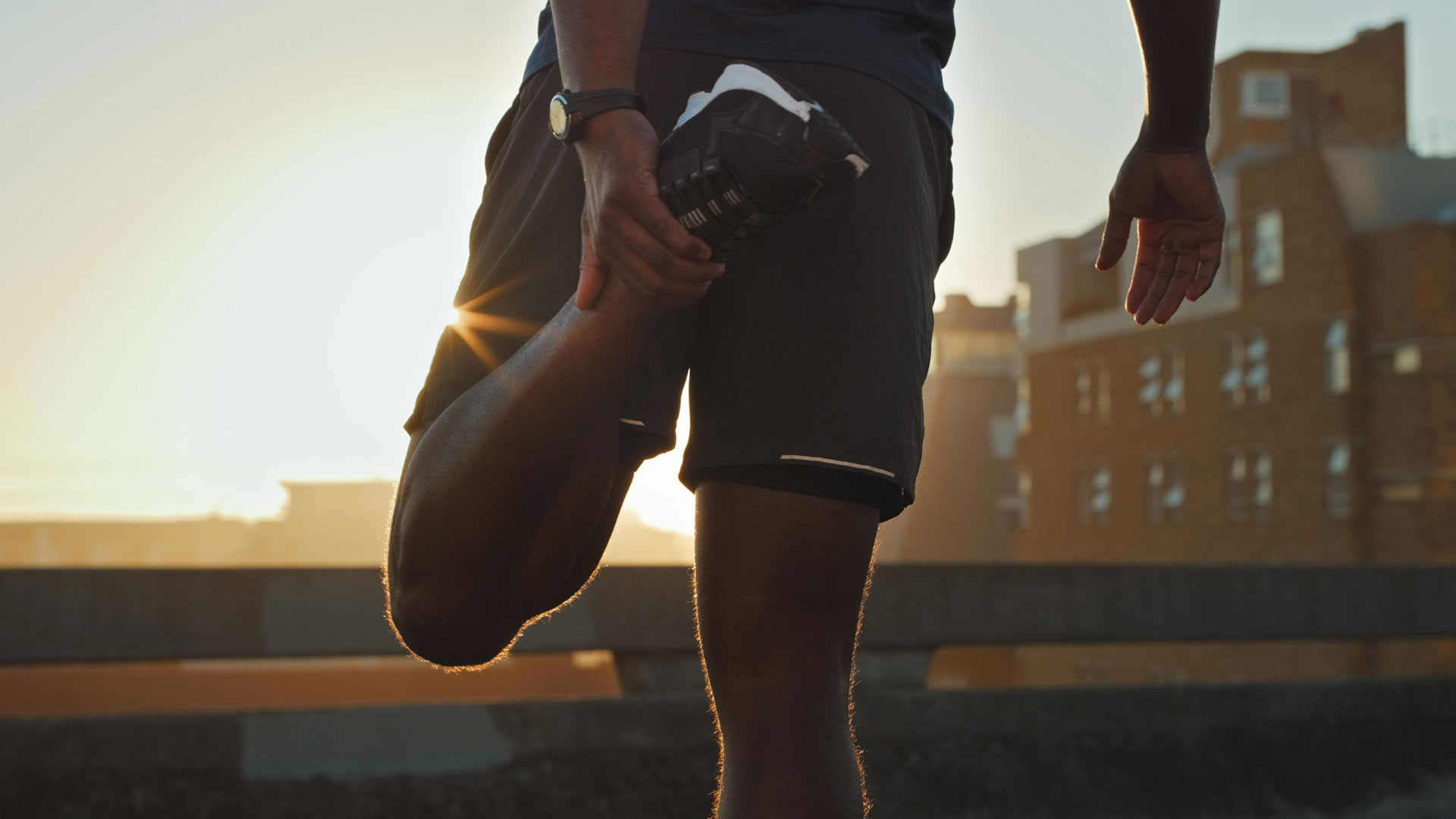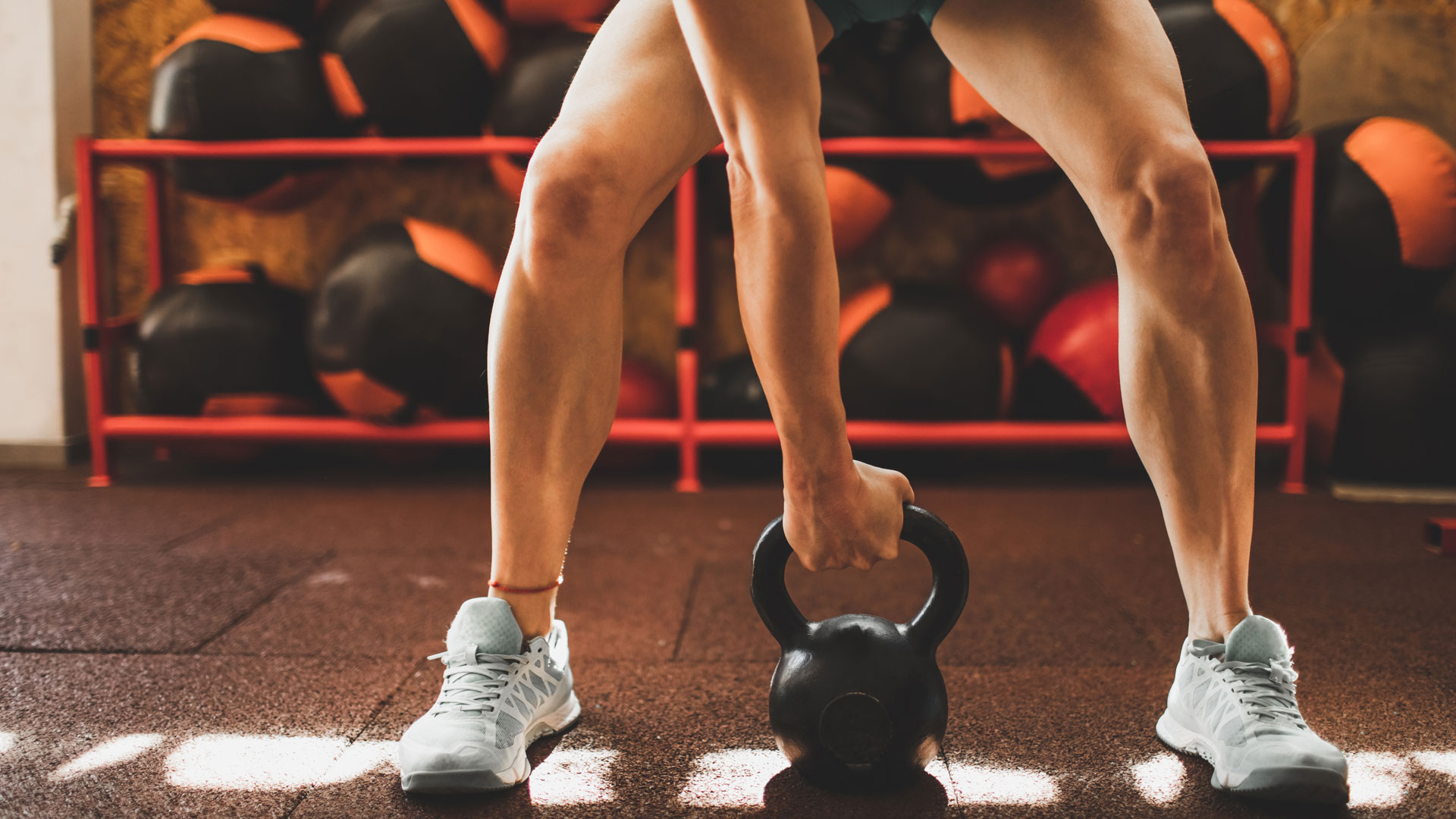Quads workout: four moves for building lower body strength
Looking for the best quads workout? We spoke to a personal trainer to get the lowdown


If you’re wondering how to get the best quads workout, we’ve got you covered. Your quads (or quadriceps femoris muscle, to give them their full name), are the large fleshy muscle group covering the front and sides of the thigh. Whether you’re an exercise newbie or a professional athlete, your quads are an important muscle group to pay attention to because they help you with everything from getting out of a chair to walking or running.
Fortunately, an exercise routine for your quads doesn’t require much equipment. In fact, many exercises that focus on this muscle group can be done with just your bodyweight although as your experience and confidence increase you may wish to add in exercises with the best adjustable dumbbells.
Having a good set of quads is not just for aesthetics. A study published in the Journal of Physical Therapy Science found that people with osteoarthritis were able to soothe their knee pain and move more freely if they had stronger quads.
Quads workout: why is lower body strength important?
Eliza Flynn is a pre and postnatal personal trainer and sports massage therapist who believes that building resilience is just as important as building strength and good movement patterns. She explains the importance of lower body strength.
“Building strength in your lower body is important for the main movements you do every day. Getting up from your chair, climbing steps, jumping, and running all require lower body strength. Without adequate lower body strength, you’ll find it hard to stand for long periods of time, get tired easily while walking, and are likely to fall or trip more easily.”
Flynn says the benefits of a strong lower body include:
- Better posture: if you have weak glutes, it can affect the position of your pelvis, often leading to an anterior tilt. This causes your bum to stick out and your lower back to arch, which places more pressure on it. By strengthening your glutes and abdominals and stretching your lower back and hip flexors, you can help improve your posture.
- Decreasing your risk of falls and trips: if the muscles around your joints are weak, your movements are going to be unstable. A weak lower body will impact your ability to balance and maintain stability which can mean what would be a slight stumble could result in a bad fall.
- Improved longevity: building muscle when you’re older can help you live longer and be more healthy. Considering you’ve got your biggest muscles in your lower body, this is a good place to be building strength.
- Increased calorie burn: the more muscle mass you have, the more your metabolism is boosted. So building strength builds muscles, and in turn, you’ll use more calories.

Quads workout: four moves to build muscle
Flynn explains her top four moves for building strong quad muscles.
Start your week with achievable workout ideas, health tips and wellbeing advice in your inbox.
Single leg dips
These not only work your quads but also help develop balance, hip stability, and foot strength. Plus, they will help you identify any imbalances between your two sides. If you need to, hold onto a wall for balance.
- Stand on one foot and spread out your toes for better stability. Take your other foot out in front and off the floor.
- Ensure your knee is tracking in the same direction as your foot, but avoid it going past your toes, as your bend your standing leg. Try to keep your chest up and back long.
- Exhale, drive through your heel, and come back to standing. Repeat on that same side for 12 reps before switching to the other side.
Quad lean backs
These are proper quad burners that also work your core muscles.
- Start in a high kneeling position.
- Engage your glutes, draw your ribs down and try to keep your head, shoulders, hips, and knees in a straight line throughout this exercise.
- Lean back slowly as far as you can go and hold this here for several seconds before returning to your start position.
- Repeat for 12 reps.
Lying leg raises
This exercise can help you isolate your quads, although your core will also be working.
- Lie on your back with one leg bent, foot on the floor. Your other leg should be out straight.
- Draw your ribs down towards the top of your pelvis to help engage your core and protect your back then lift your straight leg off the floor a couple of inches.
- Hold this here for a couple of seconds, then lift it no higher than the angle of your supporting leg. Take it back down with control, keeping it off the ground a couple of inches, and repeat.
- Aim for 12 reps on one side. Then do 30 seconds of pulses – raise it an extra couple of inches, then take it back down. Your leg will be moving up and down several inches, but no more.
Half get ups
These are exactly what they sound like – you half get off the ground. A fantastic functional exercise that will work your quads and help develop core strength and balance. This is a unilateral exercise so you’ll work both sides separately.
- Start in a half kneel – so one knee is on the ground behind you, and the other foot is in front, both knees at right angles.
- Tuck your back toes under, exhale, and step your back foot forward so you’re at the bottom of a squat position. Keep down low – don’t stand up!
- Reverse the move, so the foot which stepped forward returns to its original position.
- Repeat 12 times on each side, for three sets.
For other workout ideas, check out our features on lunges with weights, pelvic floor exercises for women, or simply learn how to lift weights.
Catherine is a freelance journalist writing across titles such as Verywell Health, Healthline, The Daily Telegraph, Refinery29, Elle, and Vogue. She specializes in content covering health, fitness, wellness, and culture.
A once reluctant runner, Catherine has competed in 30 running events in the past five years and looks forward to one day running the London Marathon.
